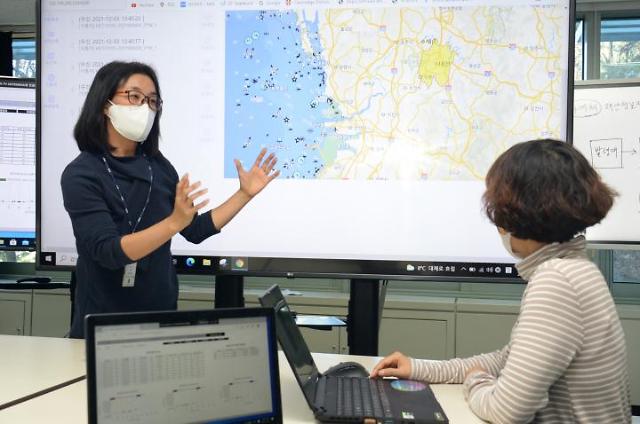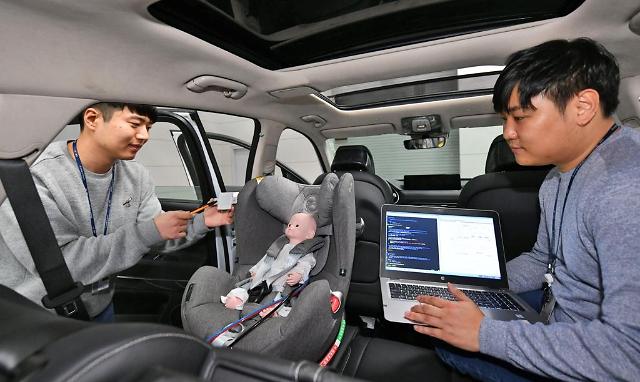
[Courtesy of ETRI]
In South Korea, disaster alerts are mainly sent out as mobile phone text messages in a designated area. Text messages are transmitted through 4G mobile communication base stations. The disaster notification system is currently being used for sending out important information about the COVID-19 pandemic. Information such as the traveling routes of infected people and the daily tally of the infected are delivered. The television broadcasting network and radio network are also used. Because each media channel has its own technical standards and specifications, disaster alert messages were needed to be delivered one by one.
The Electronics and Telecommunications Research Institute (ETRI) said in a statement on December 15 that the new disaster notification platform was developed to simultaneously send information to multiple media networks including 5G, public safety LTE and the national ultra-high-definition television broadcasting network. Through the new platform, disaster information will be distributed using text messages, local broadcasts and electronic display signboards on buses just by clicking a button. The notification service will be provided in five languages including Korean, Japanese, English, Chinese and Vietnamese.
"Unlike conventional LTE-based disaster information text message services, the new platform is based on 5G standalone technologies," ETRI official Jeong Yi-chan told Aju Business Daily. South Korea has pushed hard for the rollout of 5G network systems that can improve efficiency in massive data traffic and enable ultra-low latency data transmission. Standalone technology allows 5G base stations to operate without being connected to 4G infrastructure.
"This one-click platform will enable emergency personnel to quickly share disaster situations and communicate with each other in real-time. Emergency headquarters will be able to send out disaster notifications to citizens much faster than the current system," Jeong said. The state-sponsored technology was demonstrated for a year in six regions across the country through collaboration with state broadcaster KBS and telecom company KT.




